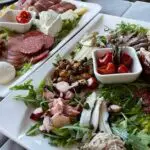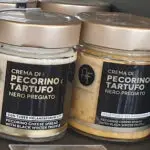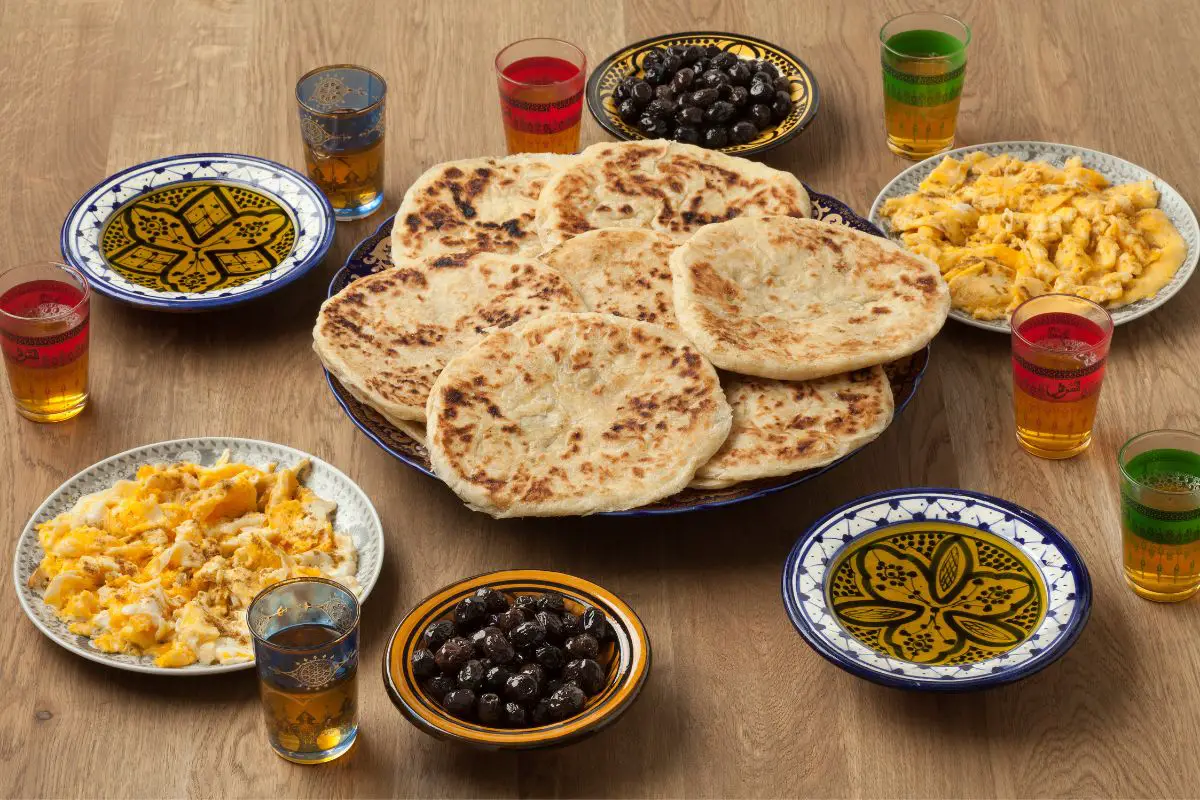Breakfast in Spain is very different from breakfast in America. Spain has a diversified culture and a rich gastronomic history.

Breakfast varies by area in Spain, although it is one of the most important meals of the day.
Breakfast is particularly important to the Spanish, and they enjoy a wide variety of dishes to start their day (Check out Why Is a Spanish Diet So Healthy?).
Here are some of the meals you may expect to eat for breakfast in Spain.
What Does A Traditional Spanish Breakfast Look Like?
The first breakfast after waking up may simply be a cup of coffee with something light to start you moving.
Then, about 10 a.m., there is usually a second breakfast. This is a type of early brunch that will keep you going till lunchtime, which is around 3pm.
Breakfast eaten away from home, such as at a cafe or bar, will be a little more substantial.
In comparison to an average American breakfast, it’s still nothing.
Toast with varied toppings and tiny sandwiches are popular breakfast items among Spaniards.
Breakfast in Spain should keep you going until midday. Before lunch, you’ll most likely be whisked away to the bar for a couple glasses of wine and tapas.
Traditional Spanish Breakfast Foods
These are some popular foods that you will frequently see being served during breakfast time in Spain.
Coffee

In Spain, coffee plays a significant role in the diet. The fact that Spanish coffee is significantly different from American coffee surprises a lot of Americans.
Spain, like the majority of European countries, prefers espresso to drip coffee.
Hot Chocolate
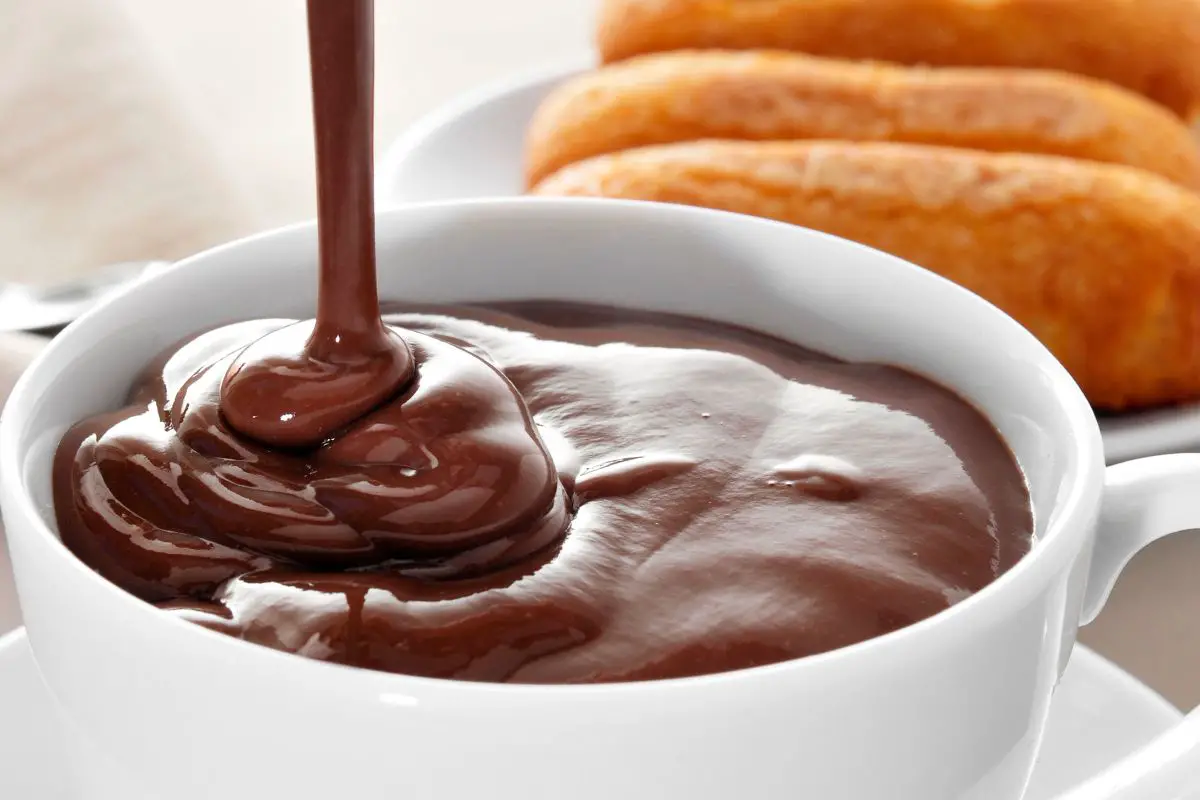
This popular breakfast drink, enjoyed by both adults and children, has nothing in common with the hot chocolate that’s popular in the United States.
Spanish hot chocolate (chocolate caliente) is made using chocolate chunks, cornstarch, and milk rather than a light powder.
The warm milk and cornstarch mixture is simmered steadily over low heat until it reaches the desired thickness after the chocolate has melted.
When it gets to be that thickness, a churro can stand upright in the cup.
Orange Juice

In Spain, freshly squeezed orange juice is the rule rather than the exception.
If you order a zumo de naranja in just about any cafeteria in Madrid, the bartender will squeeze it straight away, generally in front of you.
Unless you have your own orange tree, it’s not the most inexpensive beverage, but a glass of freshly squeezed orange juice is packed with health benefits.
Every cent is well spent. It’s a wholesome and revitalizing way to begin the day.
Toast
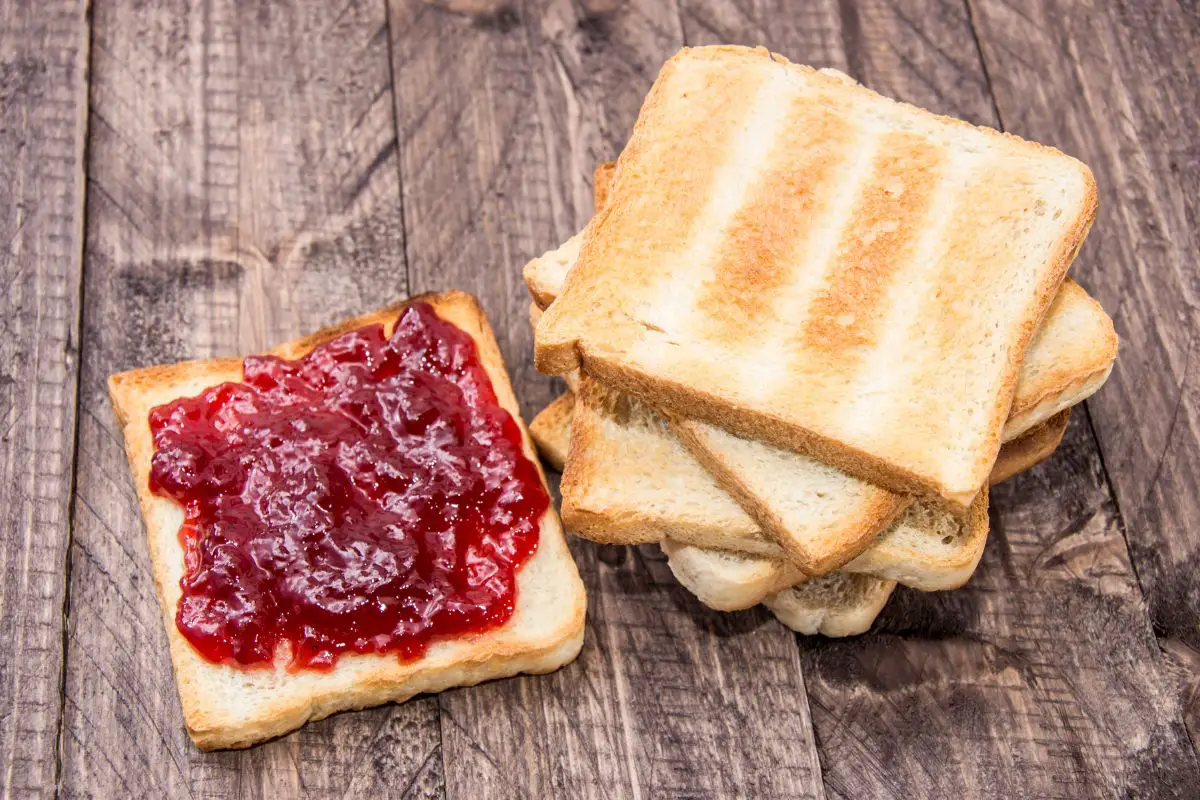
You can put anything you like on toasted bread in Spain, including jam, honey, peanut butter, Nutella, and other sweet or savory toppings, and you can enjoy it with a cup of coffee.
However, pa amb tomàquet—an olive oil and tomato topping—is typically added to the dish.
The original recipe for this dish dates back to 1884, when stale bread was softened by being smeared with tomatoes.
It is advised to use tomatoes on the vine and a rustic sourdough known as pa de pagès since they have a distinct flavor.
French Toast
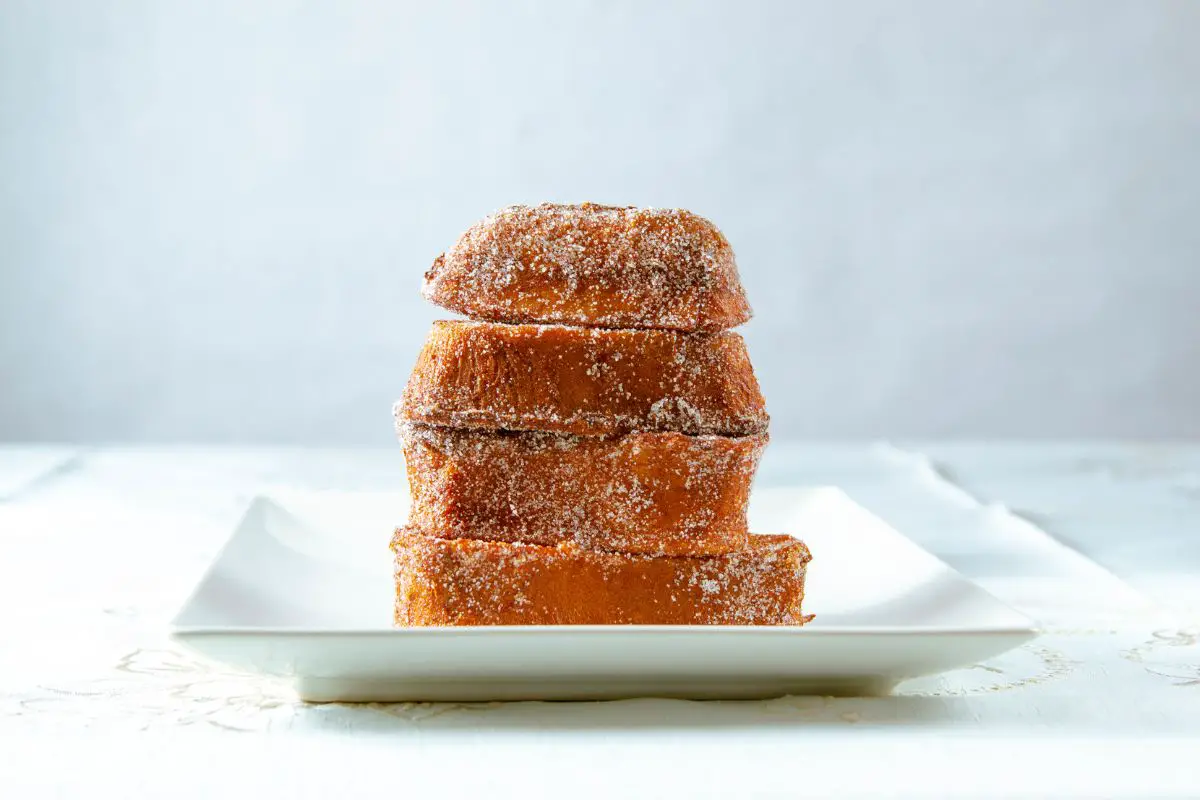
In Spain, a common kind of French toast is called torrijas.
The simplest way to make these is to cook bread slices until they are golden brown after dipping them in an egg and milk mixture.
They come with a variety of toppings, including ice cream, honey, and syrup. For those who prefer a sweet start to the day, torrijas are a fantastic breakfast option.
Churros
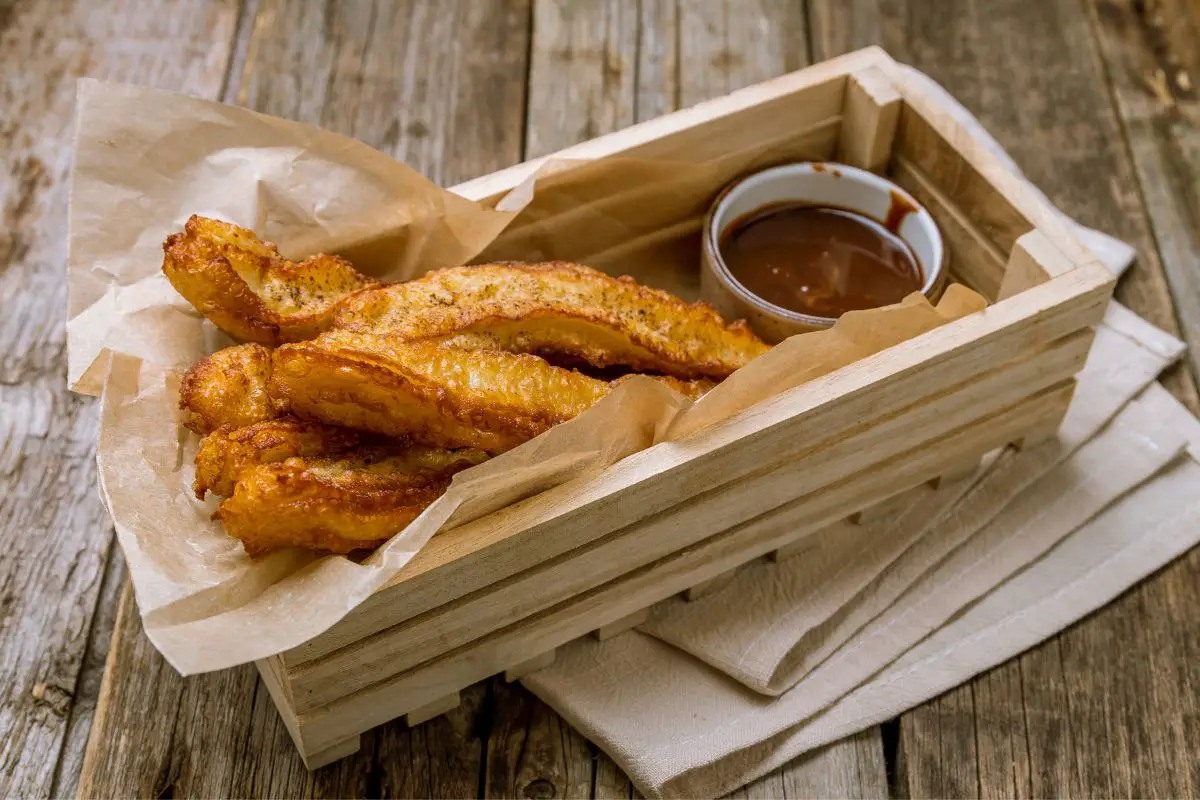
These well-liked breakfast foods are created by deep-frying dough in hot oil and dipping it afterwards in a cup of rich chocolate.
Originally from the Spanish term “churro,” which means “fried,” other names for them, depending on where you are, include “churritos” and “chicharones.”
The long, fried Spanish donuts known as churros may be found anywhere, from trendy cafes to street vendors.
They can be sprinkled with cinnamon and sugar. Once more, each area has its unique variants.
Churros are thin and crispy in Cadiz, while porras are larger and chewier in Madrid.
These sweet delights are available in every café and bakery in Spain, as well as in some restaurants only during the breakfast period.
Bocadillo
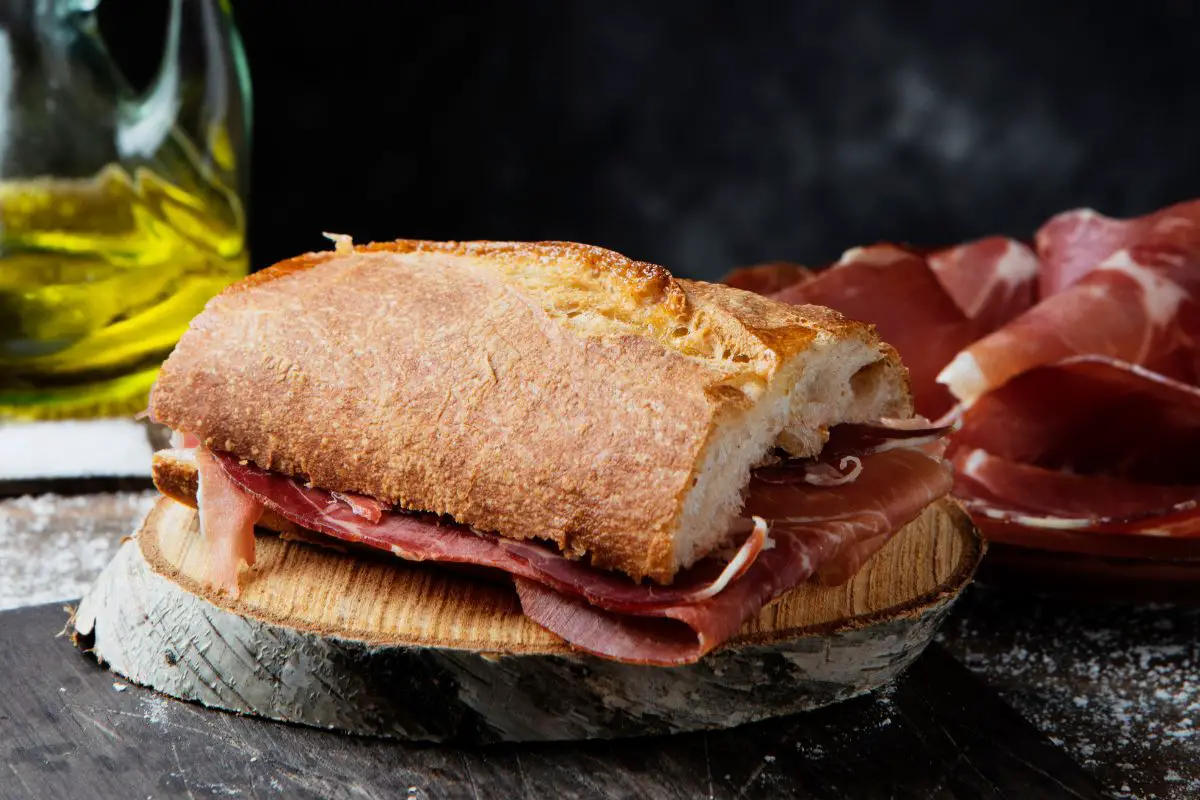
Sandwiches in Spain are not the same as sandwiches in the United States. Sandwiches in the United States are often made of deli meats on top of sliced bread.
A bocadillo will instead be a six-to-eight-inch baguette divided in half and stuffed with tuna, Spanish chorizo sausage, cold cuts, or Serrano ham.
In general, Spaniards do not heap mayonnaise, lettuce, and pickles on their bocadillos, but they may incorporate slices of tomato or rub a sliced tomato on the bread to moisten it.
Bocadillo was traditionally seen as a modest cuisine due to its low cost, and the key to preparing a wonderful bocadillo remains simplicity.
That is why you may find bocadillos on the street, in cafes, tapa bars, restaurants, and so on.
Empanadas
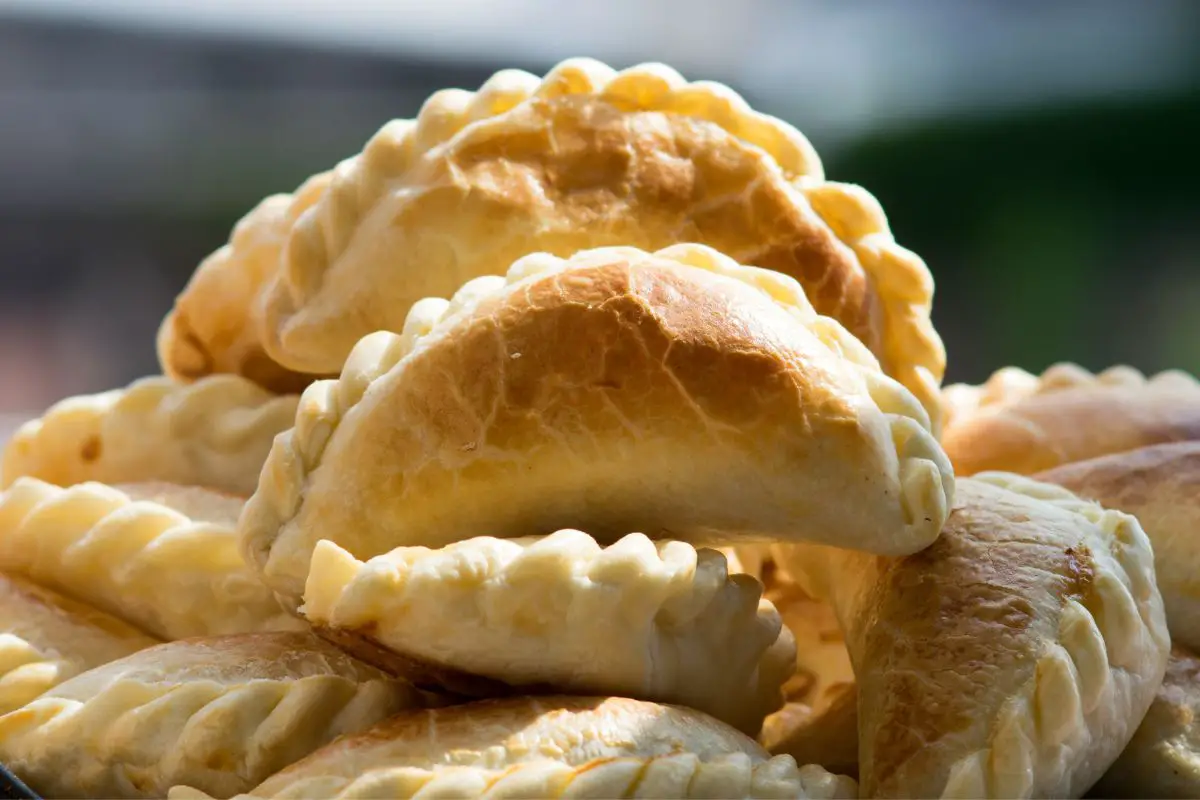
Empanadas are dough pastries with varied fillings such as meat, chicken, or vegetables.
They’re available at most local bakeries across the country, but they’re also popular in other regions of Latin America.
Locals can eat them as a full meal or just as a snack during the day. In Spain, these quick and easy meals are also popular breakfast options.
Pancakes

Although not traditionally Spanish, pancakes are becoming increasingly popular throughout the country as Spaniards adopt them as their own.
During breakfast hours, you may discover many various types of pancakes at restaurants and cafés, so give them a try if you’re looking for something unusual.
Spanish Omelettes
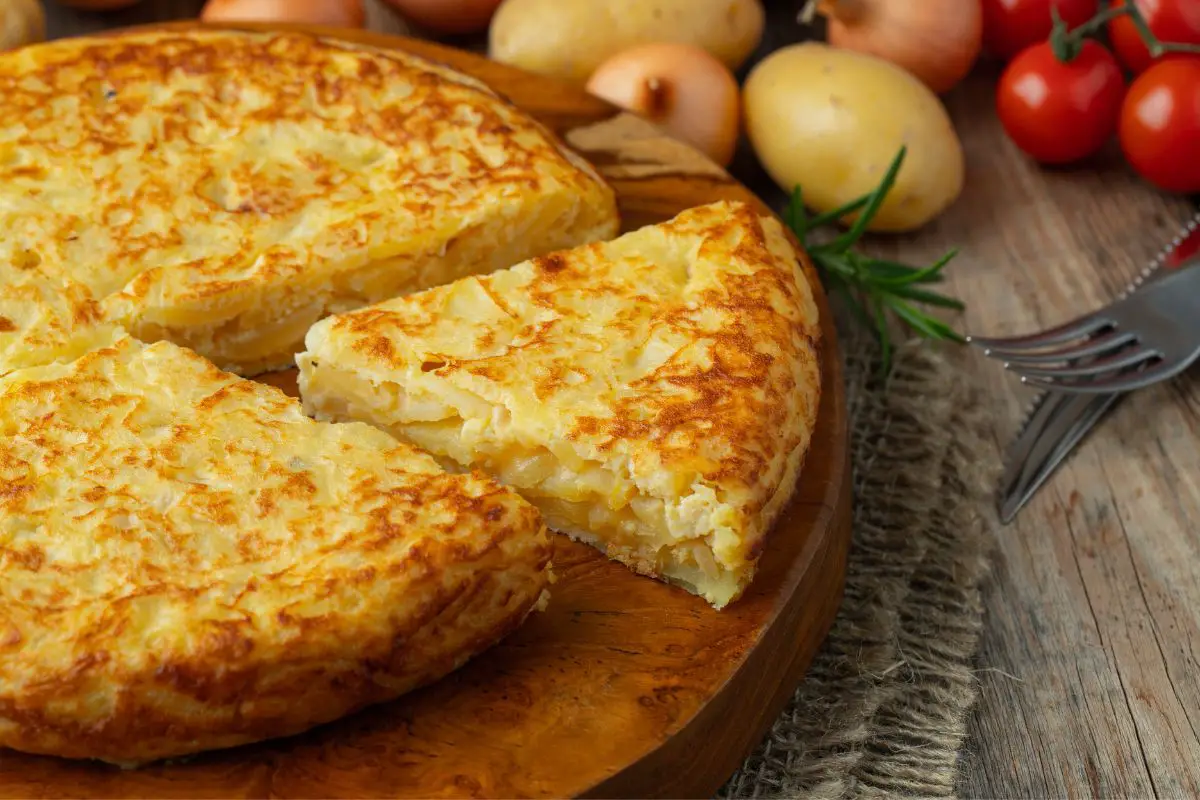
A tortilla espaola is produced by frying eggs, potatoes, and onions in a skillet until the egg mixture thickens and makes a delectable omelet.
Among other international options, this is unquestionably one of the more typical breakfasts in Spain.
It’s also one of Spain’s most popular meals, and you can find it practically anywhere during breakfast hours.
Summary
There are lots of different ways that you can start your day in Spain when it comes to breakfast.
You can either do something very simple with toast and a cup of coffee or go more elaborate with an empanada and freshly squeezed orange juice.
Either way, you can be guaranteed that you will enjoy high quality ingredients and delicious flavors – a nice change from a bowl of cornflakes.
- The Top Restaurants Specializing in Truffle Dishes - August 10, 2023
- Truffle Panna Cotta: A Decadent Dessert Recipe for Truffle Lovers - August 7, 2023
- Truffle Scrambled Eggs: A Luxurious Breakfast Delight - August 7, 2023


